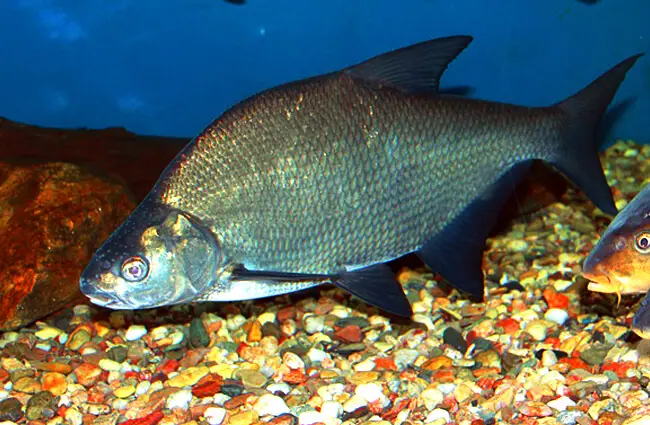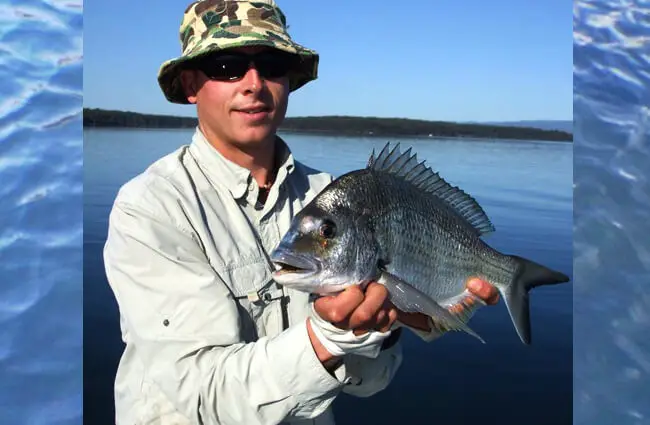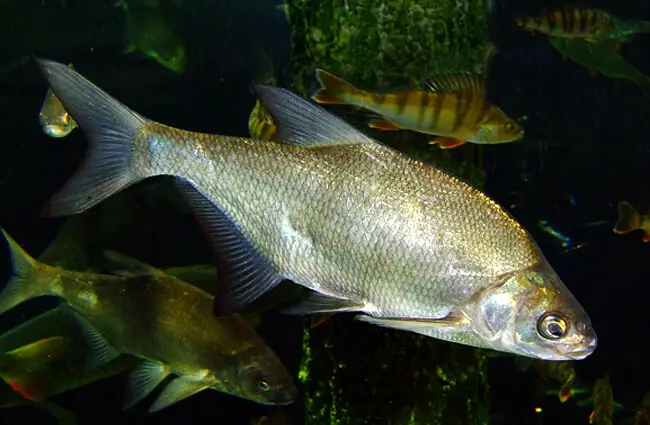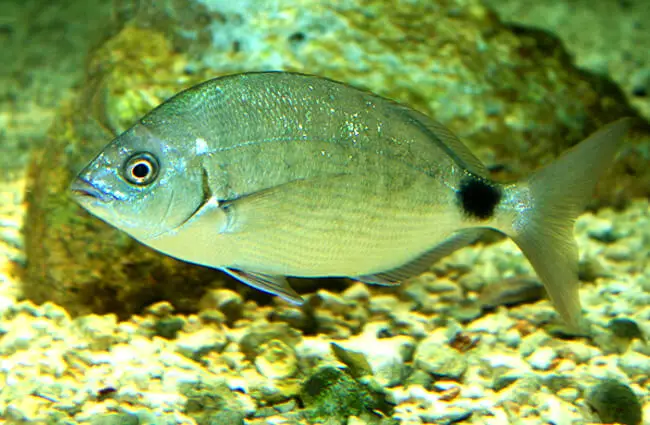The world of freshwater fish is remarkably diverse, and among its inhabitants, the bream stands out as a fascinating and ecologically important species. Often overlooked in favor of more commercially sought-after fish, the bream boasts a rich history, complex behavior, and a crucial role in the health of its aquatic ecosystems. This guide delves into the world of bream, exploring its biology, habitat, behavior, and its interaction with both the natural world and human society.

What is a Bream?
The term “bream” isn’t a single species, but rather encompasses several closely related fish within the family Sparidae. These fish are characterized by their laterally compressed bodies, silvery scales, and often a distinctly protrusible mouth. Different species exist, with the Common Bream (Abramis brama) being the most widespread in Europe and Asia. Other notable species include White Bream, Bronze Bream, and various regional variations.
Physical Characteristics
Bream are typically medium‑sized fish, commonly reaching lengths of 30 to 50 centimeters and weights of 1 to 3 kilograms, though larger specimens have been recorded. Their bodies are generally oval‑shaped and somewhat flattened from side to side. The scales are relatively large and loosely attached, giving the fish a slightly rough texture. Their coloration is typically silvery, with a darker back and fins. A key identifying feature is the reddish or orange tinge often present in the fins, especially during the breeding season.
Habitat and Distribution
Bream are predominantly freshwater fish, thriving in slow‑moving or still waters such as lakes, ponds, rivers, and canals. They prefer areas with plenty of vegetation, as this provides cover from predators and a source of food. They are particularly common in eutrophic waters, those rich in nutrients, though they can adapt to a range of water qualities. Their distribution is widespread across Europe and Asia, with populations established in many river systems and large lakes. Certain species, like the Bermuda Bream, have even adapted to brackish water environments.

Finding Bream in the Wild
For anglers and nature enthusiasts, locating bream involves understanding their preferred habitats. Look for areas with submerged vegetation, such as reed beds or lily pads. Slow‑moving sections of rivers, particularly near the banks, are also productive spots. Bream are often found in deeper water during the day, moving closer to the shallows to feed in the evening and at night. Observing water conditions is also crucial, as bream are less active in very cold or turbid water.
Diet and Feeding Behavior
Bream are omnivorous, with a diet that varies depending on age, size, and availability of food. Young bream feed primarily on invertebrates, such as insect larvae, crustaceans, and worms. As they mature, their diet expands to include plant matter, algae, and seeds. They are bottom feeders, using their protrusible mouths to suck up food from the substrate. They also sift through vegetation and consume decaying organic matter. Their feeding behavior is opportunistic, taking advantage of whatever food sources are readily available.

Reproduction and Life Cycle
Bream are typically seasonal spawners, with the breeding season occurring in spring or early summer. They undertake migrations to suitable spawning grounds, often shallow vegetated areas. Females release large numbers of adhesive eggs, which attach to aquatic plants or other submerged structures. The eggs hatch within a few days, and the larvae are initially planktonic, feeding on microscopic organisms. As they grow, they develop into juvenile fish, gradually moving toward a benthic lifestyle. Bream can live for over a decade, reaching sexual maturity at around 3 to 5 years of age.
Ecological Role and Interactions
Bream play a significant role in maintaining the health of freshwater ecosystems. As bottom feeders, they help to cycle nutrients and remove detritus. They also serve as an important food source for predatory fish, birds, and mammals. Their grazing activity can influence the composition of aquatic vegetation, shaping the structure of the habitat. Bream often coexist with other fish species, such as carp, tench, and perch, forming complex food webs. They are relatively tolerant of poor water quality, making them important indicators of environmental health.

Bream and Humans
Throughout history, bream have been an important food fish for human populations. They are commonly caught by anglers and are a popular ingredient in many traditional dishes. In some regions, bream are also farmed commercially. Bream fishing is a popular recreational activity, providing enjoyment for anglers of all ages and skill levels. However, overfishing and habitat destruction can threaten bream populations, highlighting the need for sustainable management practices.
Caring for Bream in Captivity
For zookeepers or aquarists caring for bream, several considerations are essential. A spacious tank with a sandy or gravel substrate is ideal. Provide plenty of aquatic plants and hiding places to create a natural environment. Bream require well‑oxygenated water with a pH between 6.5 and 7.5. Their diet should consist of a balanced mix of plant matter, invertebrates, and commercial fish food. Regular water changes and careful monitoring of water quality are crucial for maintaining their health. Avoid overcrowding, as this can lead to stress and disease.
Evolutionary History
The evolutionary history of bream traces back to the family Sparidae, which originated in the Tethys Sea during the Eocene epoch. Over millions of years, this family diversified, giving rise to various species adapted to different environments. The Common Bream, as we know it today, likely evolved from ancestral species inhabiting the freshwater systems of Europe and Asia. Fossil evidence suggests that bream have inhabited these regions for thousands of years, adapting to changing environmental conditions.

Interesting Facts About Bream
- Bream are known for their ability to detect subtle changes in water pressure, helping them locate food and avoid predators.
- The size of a bream’s swim bladder can vary depending on water depth, allowing them to maintain buoyancy at different levels.
- Bream are capable of adapting their diet to exploit seasonal food sources, demonstrating their flexibility as omnivores.
- The coloration of bream can change depending on their environment and breeding condition, providing camouflage and attracting mates.
- Bream can live in a variety of environments, including rivers, lakes, and canals, adapting to different water conditions and habitats.

In conclusion, the bream is a fascinating and ecologically important fish. From its physical characteristics and habitat preferences to its feeding behavior and reproductive strategies, the bream showcases a remarkable adaptation to freshwater environments. Understanding the role of bream in ecosystems and its interactions with humans is crucial for ensuring its conservation and promoting sustainable management practices. Whether you are an angler, a naturalist, or simply curious about the natural world, the bream offers a captivating glimpse into the diversity and complexity of aquatic life.

![Red Angus Closeup of a beautiful Red Angus cowPhoto by: U.S. Department of Agriculture [pubic domain]https://creativecommons.org/licenses/by/2.0/](https://animals.net/wp-content/uploads/2020/03/Red-Angus-4-238x178.jpg)




![Red Angus Closeup of a beautiful Red Angus cowPhoto by: U.S. Department of Agriculture [pubic domain]https://creativecommons.org/licenses/by/2.0/](https://animals.net/wp-content/uploads/2020/03/Red-Angus-4-100x75.jpg)

